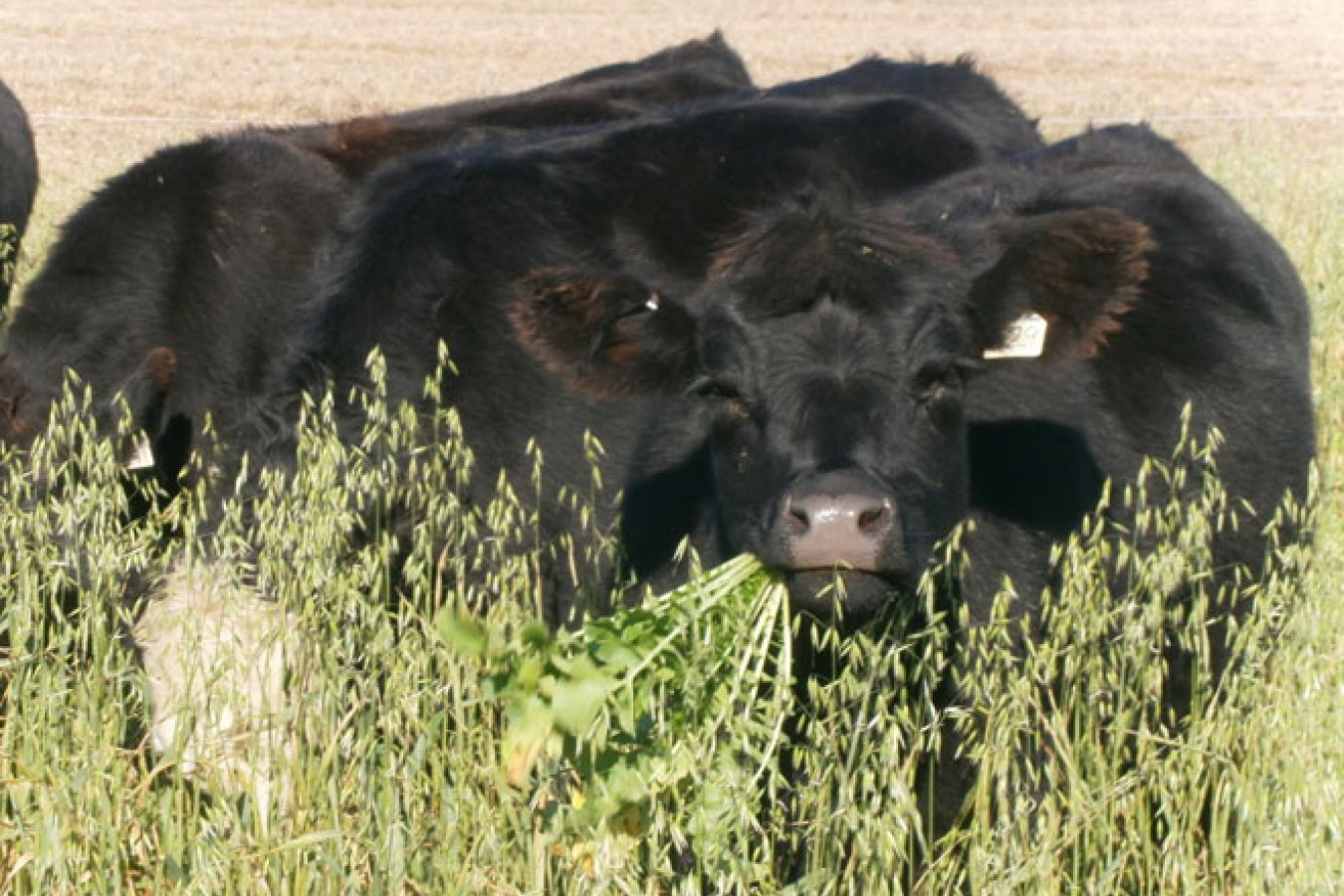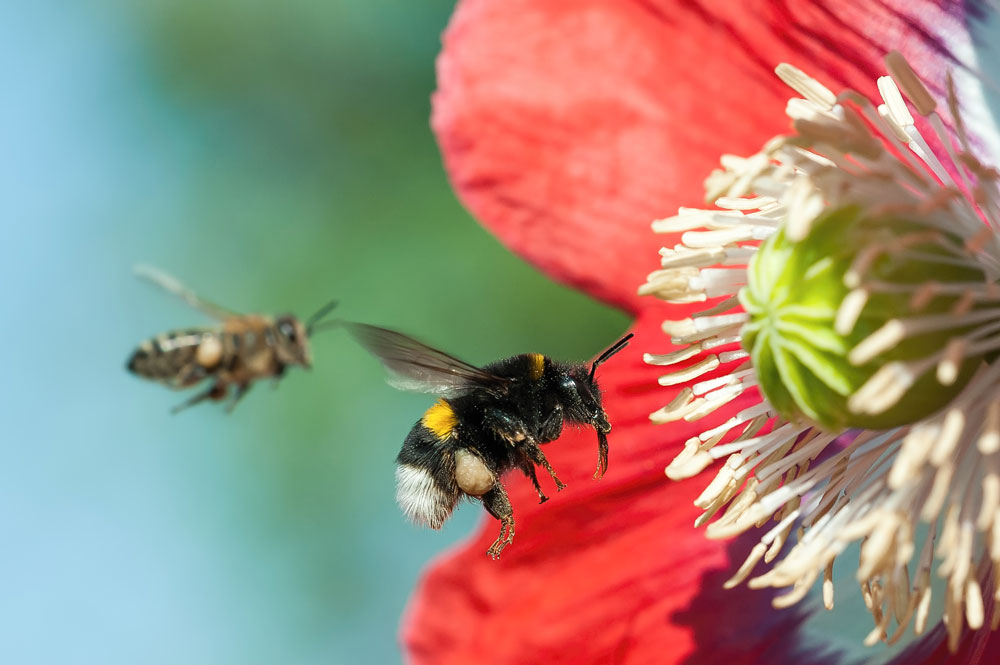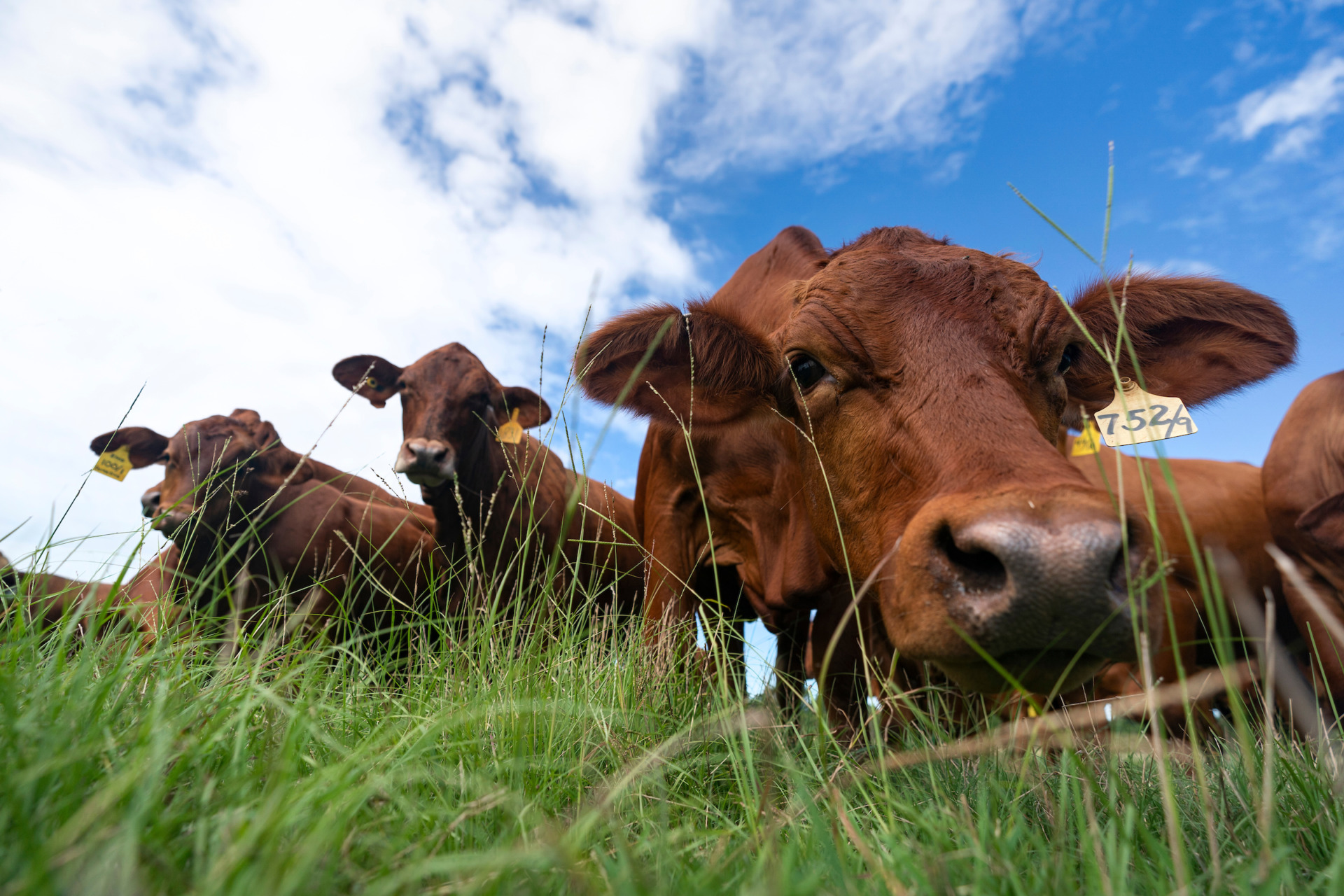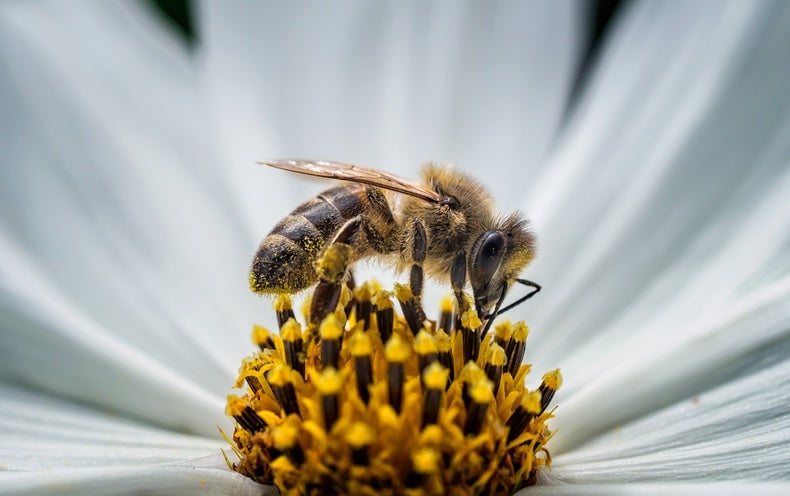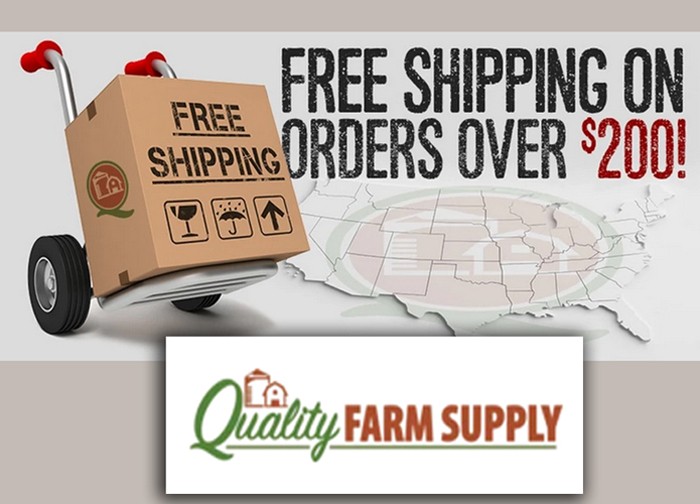 John LaRose Jr.
John LaRose Jr.
Topics: Soil Health, Agriculture Global, Sustainability, Ag Asia / Pacific, Regenerative Agriculture, Weather,
How microbial communities adapt to soil acidification
Temperate grasslands in northern China have experienced soil acidification in the last 30 years due to increasing acid deposition and unsustainable management. Long-term soil acidification may lead to ...
-
(1)
-
Bookmark
- Comments (0)
 John LaRose Jr.
John LaRose Jr.
Topics: Soil Health, Agriculture Global, Gardening, Regenerative Agriculture,
Slugs and snails, destructors of crops and gardens, could be controlled by bread dough
New research from Oregon State University Extension Service found slugs and snails are strongly attracted to bread dough, a discovery that could lead to better ways of controlling these serious pests ...
-
(1)
-
Bookmark
- Comments (0)
 John LaRose Jr.
John LaRose Jr.
Topics: Soil Health, Precision AG , Agriculture US, Cover Crops, Crop Consultant, Agriculture Global, Water, Sustainability, Education,
South Dakota producers reap rewards of cover crops
The longer farmers use cover crops, the more likely they are to see the benefits and to use the conservation practice on a higher percentage of their farmland, according to a survey of eastern South Dakota producers. Cover crops, which are planted after harvesting the cash crop, help prevent erosion and runoff and increase soil organic matter, thereby reducing the need for fertilizer and improving water quality. In addition, cover crops can help suppress weeds, thereby reducing herbicide and pesticide usage, according to assistant professor Tong Wang of South Dakota State University’s Ness School of Management and Economics. She is part of a team of SDSU researchers who conducted the spring 2018 survey to evaluate producers’ perceptions about the benefits of conservation practices aimed at improving soil health, reducing the industry’s carbon footprint and increasing the sustainability of agriculture. Furthermore, Wang reported those who use cover crops for grazing are more likely to view them as increasing their profitability, even during the first few years. “Grazing helps offset the cost of using cover crops by reducing forage costs.” More than 70% of South Dakota producers graze their livestock on crop residue and cover crops, according to a 2016 survey in the Northern Great Plains. An article on South Dakota farmers’ perceptions about profitability and their likelihood of continuing to use cover crops was published in the Journal of Agricultural and Resource Economics. The research was funded by the South Dakota Corn Utilization Council and the U.S. Department of Agriculture Natural Resources Conservation Service. Tracking cover crop usage In the contiguous United States, the number of acres on which farmers plant cover crops increased from 218,000 in 2012 to 619,000 in 2017, according to the fifth-annual Sustainable Agriculture Research and Education–Conservation Technology Information Center cover-crop survey. Of the 708 South Dakota producers who responded to the SDSU researchers’ su...
-
(1)
-
Bookmark
- Comments (0)
 John LaRose Jr.
John LaRose Jr.
Topics: Soil Health, Crop Consultant, Agriculture Global, Economics, Sustainability, Fungicides, Research,
Keeping clubroot in rapeseed in check by using fungi
Teams from the Chair of Plant Physiology at Technische Universität Dresden and the Julius Kühn Institute in Braunschweig have been researching biological methods to better control the widespread plant ...
-
(0)
-
Bookmark
- Comments (0)
 Matthew Kroger
Matthew Kroger
Topics: Soil Health, Beekeeping,
What raw unfiltered honey looks like. On the left we have cold extracted unfiltered honey. I extract at room temperature so the honey contains all of its biological and microbial properties as medicinal honey. Once its heated past 105F it starts to lose its effectiveness and once irradiated its no d...Read More
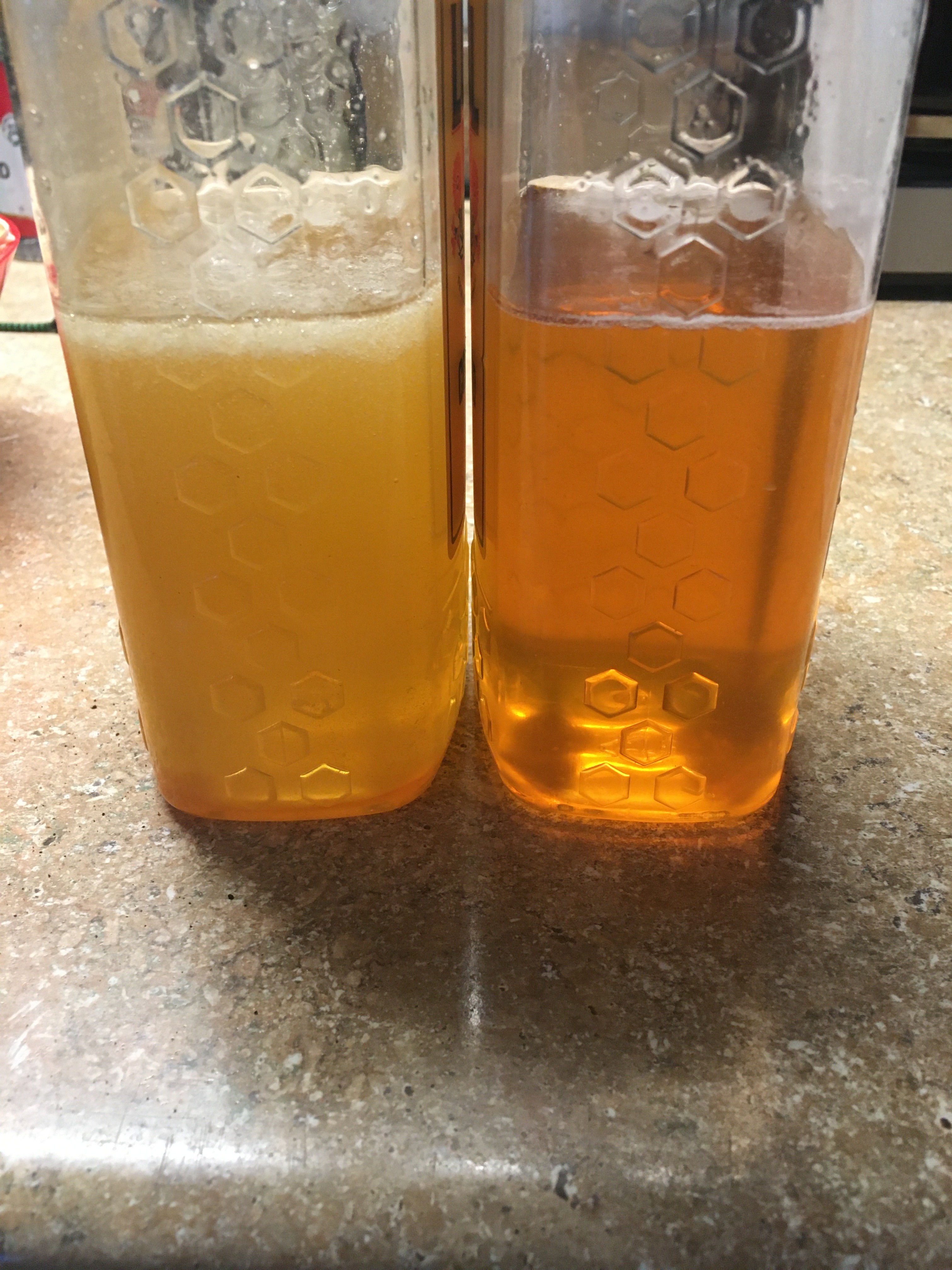
-
(0)
-
Bookmark
- Comments (0)
 Matthew Kroger
Matthew Kroger
Topics: Soil Health, Beekeeping,
Just one hive produced 7 gallons of honey so far this season. I still have to pull two more honey supers later this week. This first round of honey was about as pure Linden honey as I have ever produced. Linden honey is also known as Basswood honey. It some of the most medicinal honey on the planet....Read More
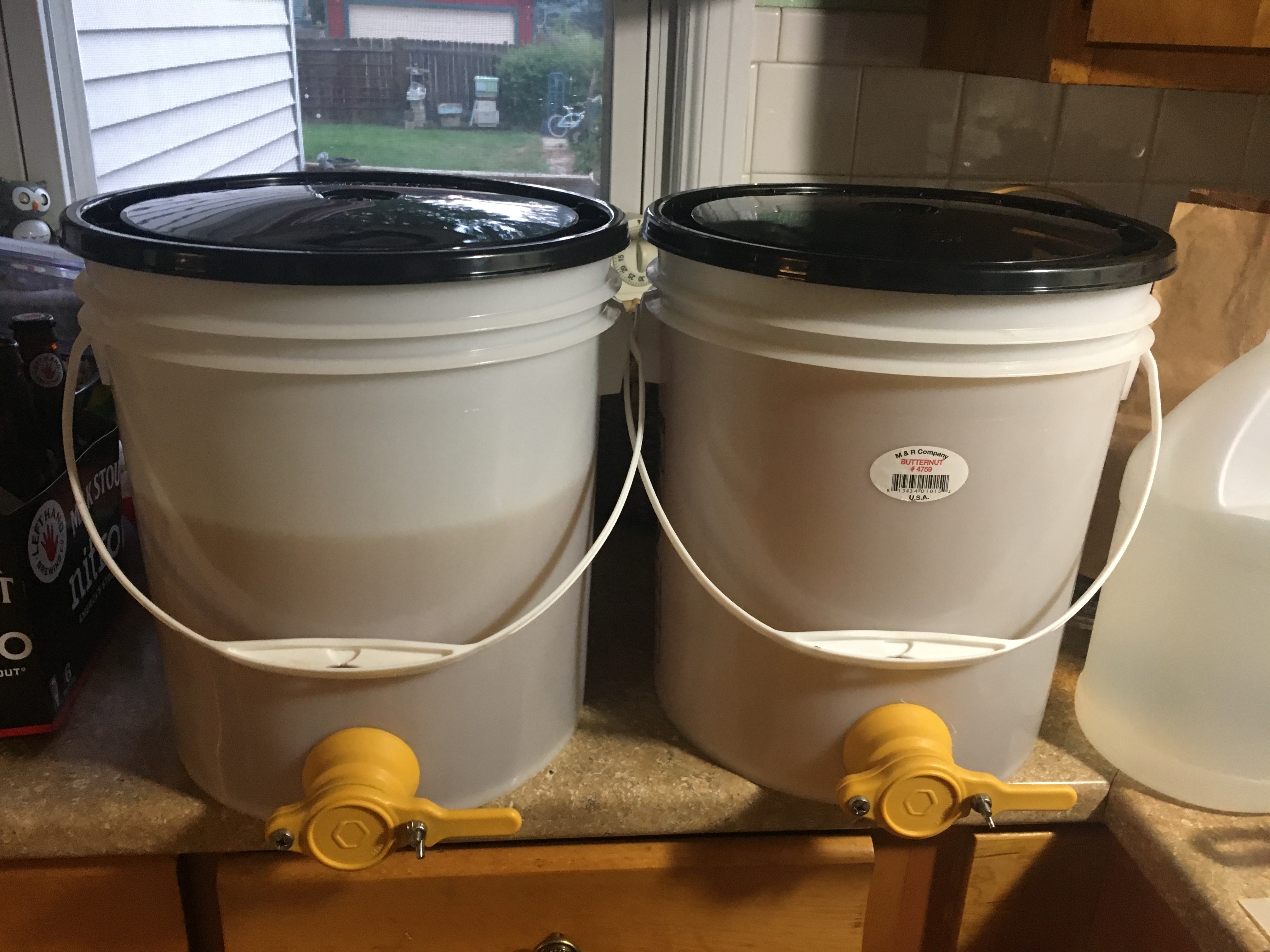
-
(0)
-
Bookmark
- Comments (0)
 John LaRose Jr.
John LaRose Jr.
Topics: Soil Health, Beekeeping, Sustainability, Pollinators, Education,
Biodiversity
Biodiversity is a comprehensive concept. It includes the diversity of all life on earth, from flowers and bees to bacteria and tropical forests. Biodiversity is essential to humankind, for it is the foundation for our food, clean air, soil quality and other ecosystem services. Biodiversity and nature also benefit our well-being: green is good for us. Moreover, biodiversity has intrinsic value: who are we to decide whether a panda or tiger deserves to live?
-
(0)
-
Bookmark
- Comments (0)
 John LaRose Jr.
John LaRose Jr.
Topics: Soil Health, Sustainability, Crop Diseases, Potatoes, Research, Ag Europe, Agronomy, Plant Breeding,
Wageningen scientists discover how the potato blight pathogen penetrates the plant
In the 19th century, the notorious pathogen Phytophthora infestans caused a large famine in Ireland and other parts of Western Europe. To this day, it continues to pose a major threat to global food production. It has long been a mystery how this microscopically small organism and other members of the Phytophthora genus mechanically gain entry through the protective layer on the leaves of crops. In a unique collaboration, Wageningen University & Research experts in plant pathology, cell biology and physics have now found an answer to this question. Their discovery also provides new leads to making the control of Phytophthora more effective, more efficient and more sustainable on the long term. Their findings are published in Nature Microbiology.
-
(0)
-
Bookmark
- Comments (0)
 Nancy Kavazanjian
Nancy Kavazanjian
Topics: Soil Health, Livestock/Meat, Regenerative Agriculture, Carbon Farming,
Grazing cattle can reduce agriculture’s carbon footprint | AgriLife Today
Cattle contribute to the maintenance of healthy soils and grasslands, and proper grazing management can reduce ag's carbon footprint.
-
(1)
-
Bookmark
- Comments (0)
 Matthew Kroger
Matthew Kroger
Topics: Soil Health, Beekeeping,
This changes EVERYTHING once you realize the ramifications of what this really means. It means we are KILLING our soil too…
Surprise: Bees Need Meat
Microbes in flowers are crucial to bee diets, and microbiome changes could be starving the insects
-
(0)
-
Bookmark
- Comments (0)




